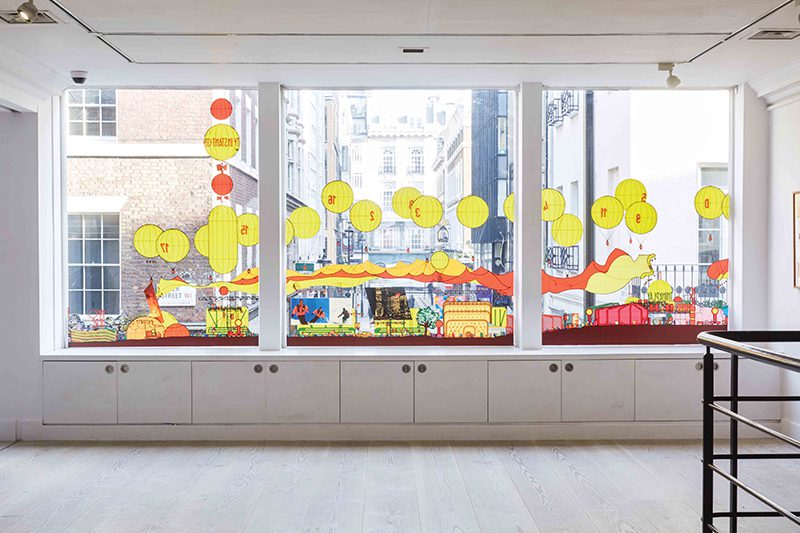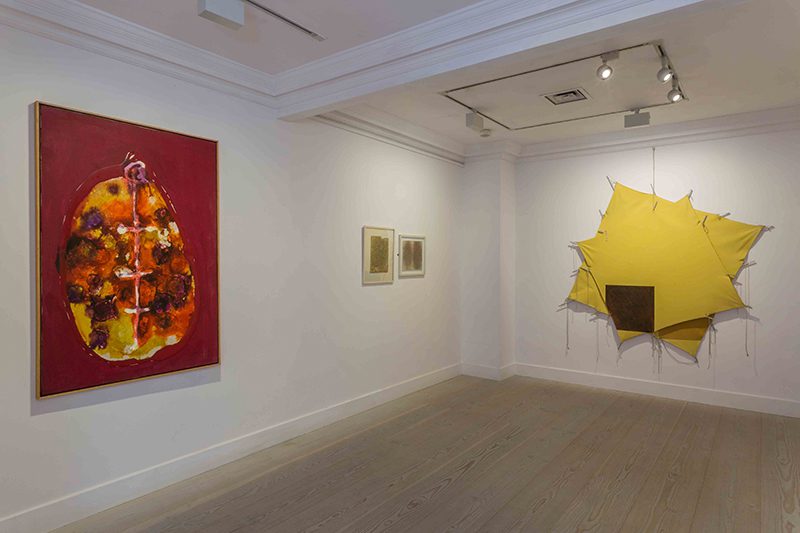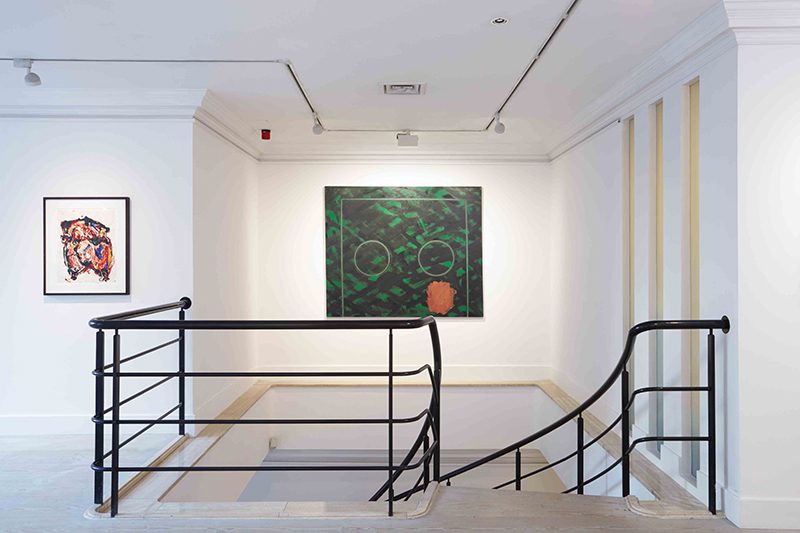ART CITIES: London -This is Today
 In 1956 (9/8-9/9) the Whitechapel Gallery hosted the seminal exhibition “This is Tomorrow”, featuring members of the Independent Group of artists and critics. Remarkable for its collaborative process, the exhibition pre-empted the emergence of Pop Art in Britain by nearly a decade. The organisers allotted gallery space to 12 groups of 3 to 4 creative practitioners, asking each group to produce work on the theme of modern life.
In 1956 (9/8-9/9) the Whitechapel Gallery hosted the seminal exhibition “This is Tomorrow”, featuring members of the Independent Group of artists and critics. Remarkable for its collaborative process, the exhibition pre-empted the emergence of Pop Art in Britain by nearly a decade. The organisers allotted gallery space to 12 groups of 3 to 4 creative practitioners, asking each group to produce work on the theme of modern life.
By Dimitris Lempesis
Photo: Gazelli Art House Archive
Architects, artists, designers and critics took part in a project designed to challenge perceived boundaries between the visual arts and promote dialogue between practitioners. The idea for the exhibition was suggested by architecture critic Theo Crosby during a meeting of the Independent Group (a collective of artists, architects and writers) who gathered at the Institute of Contemporary Arts (ICA) and are now regarded as the vanguard of the British pop art movement. Each group worked independently but saw the final display as one environment. The team that had the biggest impact, however, was Group Two, comprised of artists Richard Hamilton and John McHale working alongside architect John Voelcker (with collaboration from Magda and Frank Cordell). Their installations reflected the Independent Group’s growing fascination with technology and American culture, displaying mass-market artefacts such as posters of Marilyn Monroe and Marlon Brando, Robby the Robot from The Forbidden Planet and a jukebox. Hamilton’s collage “Just what is it that makes today’s homes so different, so appealing?” – used in poster form to advertise the exhibition as a whole, is now considered the first iconic example of British pop art. Today 60 years later the Gazelli Art House presents “This Is Today”, celebrating the influence of artists working and living in Britain during the 1950’s and tracing the developments in their individual bodies of work throughout the 1960s and 1970s. The exhibition features artists, who were making work parallel to the influences of Western Abstract Expressionism, serving as the precursor to Pop Art. Working in different mediums, the selection of artists present an overview of the expansive outreach that Britain had in the development of new ideas and movements at the time, crossing over to the fields of Architecture (Archigram), Collages and Drawings (Eduardo Paolozzi), Film (Derek Boshier), Sculptures and Paintings (Bernard Cohen, Magda Cordell McHale, John Plumb & Ian Stephenson). The exhibition serves as recognition of historical influences on the contemporary artists, the developments in the current structures of the industry, as well as the relationship between the influencers and support mechanisms that are in place today. It reiterates the importance, relevance and security of institutions, curators and critics acting as facilitators of the new and the contemporary. Participating artists: Archigram, Derek Boshier, Bernard Cohen, Magda Cordell McHale, Sir Eduardo Paolozzi, John Plumb, Richard Smith & Ian Stephenson.
Info: Gazelli Art House, 39 Dover Street, London, Duration: 22/1-/3/16, Days & Hours: Mon-Fri 10:00-18:00, Sat: 11:00-19:00, http://gazelliarthouse.com




